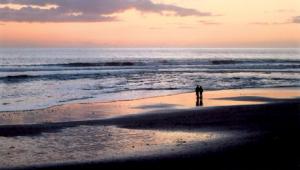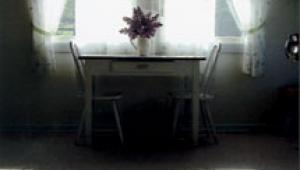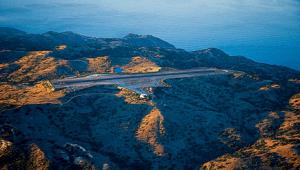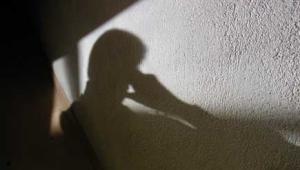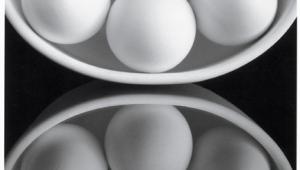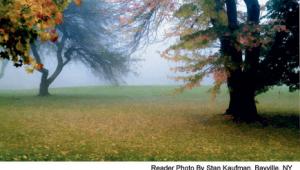Portraying Mood in Your Images; Master Photographer Robert Farber Shows You How Page 2
 |
|
|
In 1981, Farber explored what was left of Coney Island in New York, "when
its famous Cyclone hurtled into sight with these screaming riders."
A sepia-toned image that spells out "old California" was taken by
Farber in 1995, when he owned a house in Santa Barbara, "and often tried
to capture the many moods of the locality." He photographed this misty
scene on ISO 1000 slide film, and used both sepia and diffusion filters.
Evoking Emotion Visually
An art student in college who had aspirations to be a painter, Farber is very
successful in eliciting emotion that's usually inspired by fine art. He
says that he learned photography at a time when effects were done through the
camera's lens--not post-production in Photoshop.
 |
|
|
If you want to learn more discipline, he suggests, try to create images through
the camera lens, rather than afterward in the computer. "I use Photoshop
only to adjust saturation or the color balance," says Farber. "To
optimize, rather than to manipulate."
He uses a Canon EOS-1n when shooting film, and says that film is conducive to
producing mood in his images. And, although he's been shooting digitally
lately with a Canon EOS-1Ds, Farber observes, "Digital doesn't have
the personality of film." Nonetheless, he's been using filters and
inspiring mood and emotion with his digital photos.
One example is a vertical scene taken in the Texas plains, which includes a
lot of sky. He used both diffusion and warming filters on a 28--135mm zoom
lens on his 1Ds.
 |
|
|
One image that looks like a distant memory depicts a New England farm, which
makes a strong statement about rural America. "The feeling I get from
this white clapboard farm, with a typical American Chevy pickup truck peeking
out, says it all for me," he comments. It was photographed with black-and-white
ISO 400 film.
No matter what the subject, Robert Farber is very successful in presenting his
imagery in a very artistic manner. He's a master at evoking moods visually.
 |
|
|
Visit Robert Farber's Website at www.farber.com, and his interactive Internet workshop at www.photoworkshop.com.
- Log in or register to post comments


